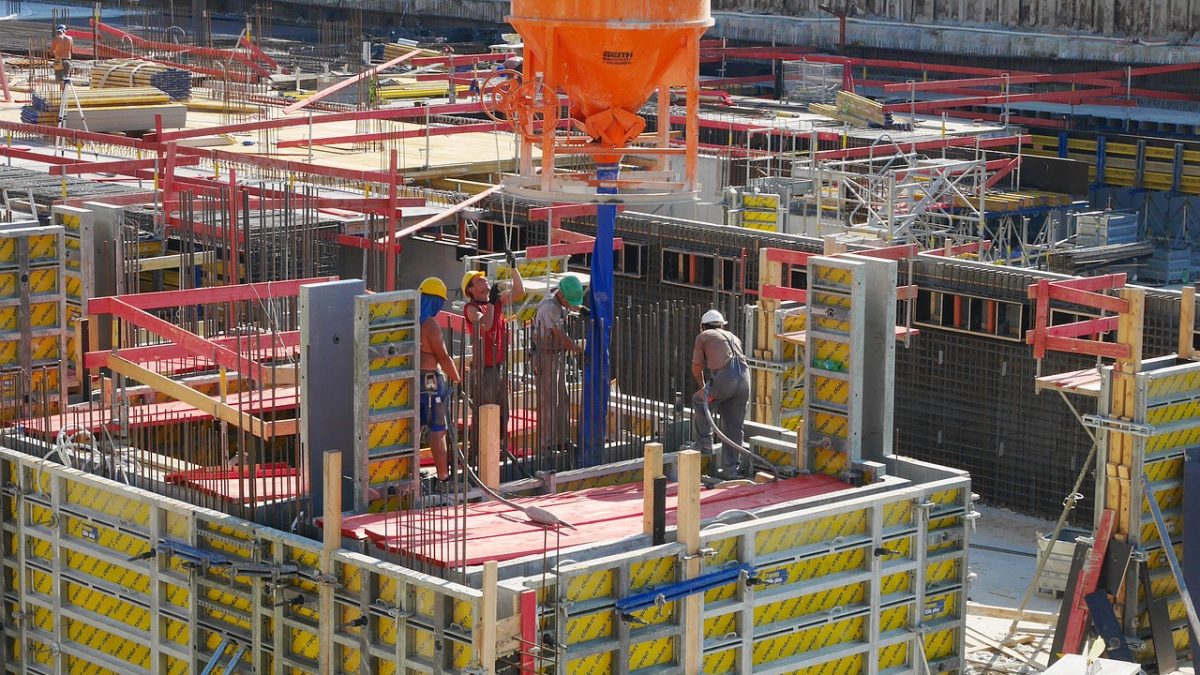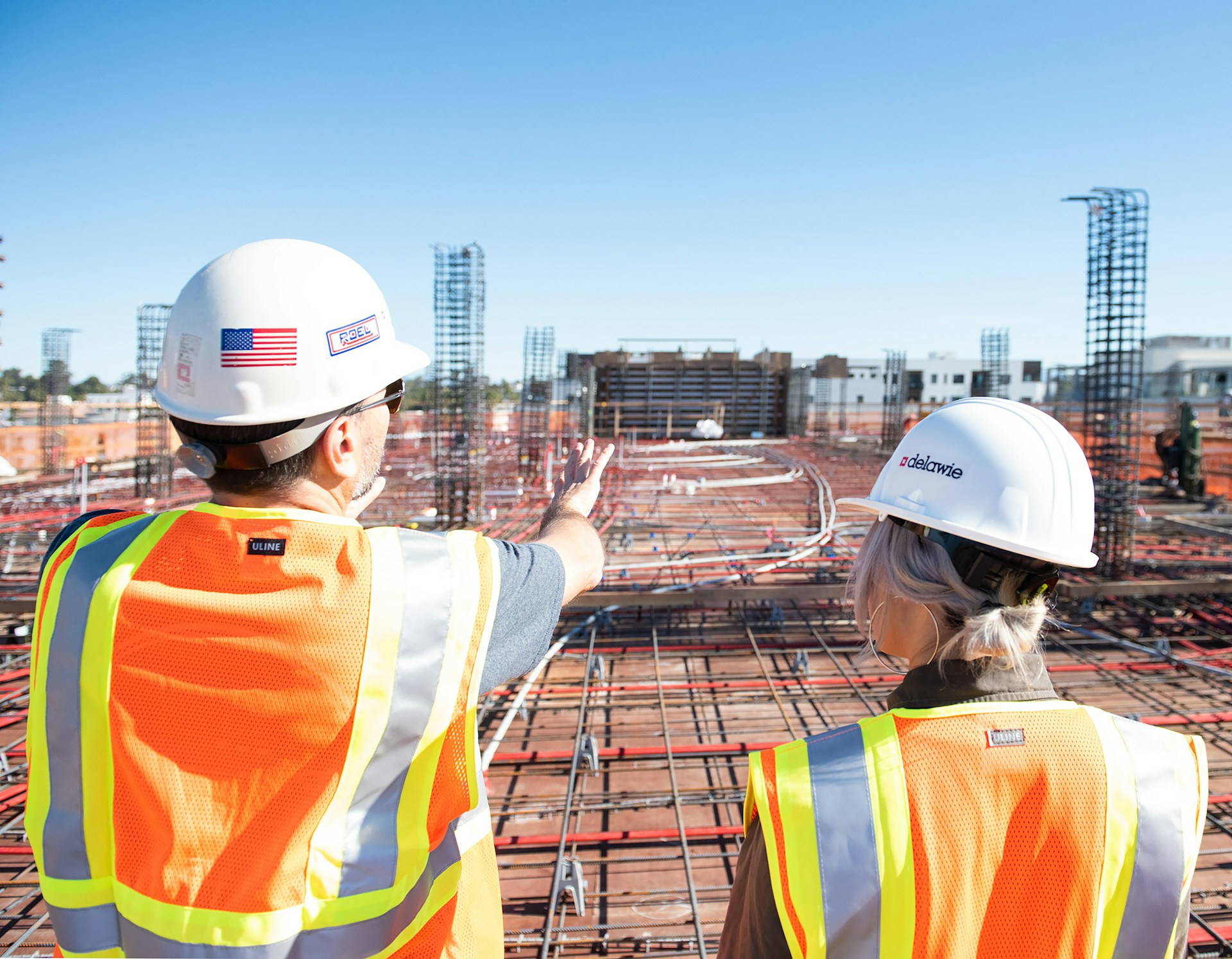Construction projects counteract risks and challenges every day. These risks increase construction complexity, whether financial, design or technical, resulting in construction delays and cost overruns.
As already said, construction activities are complex. But using the right project management software and budget management tool, project schedule and budgetary constraints can be maintained!
Let’s see the daily challenges construction project teams face and how the right tools can help mitigate them- in real-time!
Primary Reasons For Construction Project Delays And Ways to Navigate Them!
1: Change In Project Scope
The construction work scope means defining the deliverables at the end of the project.
The absence of a proper scope definition can result in overruns, time delays, or poor quality.
Other factors like project plans, cost, schedule, quantity estimation, procurement, and quality mechanism are usually calculated from the initial project scope.
A change in the project scope can be due to stakeholders, poor project scope definition, faulty calculation of inherent risks and uncertainties, change of plans from the client, funding issues, force majeure, etc.
These changes lead to a revision in the budget, construction methodologies, procurement plan, construction schedule, quality assurance plans, procurement plan, etc. This revision further eats up more time, costs, and resources.
The Solution?
Change in scope is a reality and cannot be escaped, but one can be prepared. The best solution is to be proactive and monitor the project closely. So that whenever a change of scope is there, the entire team can tackle it in the most efficient manner possible.
Project management software helps achieve just that. They give overviews and detailed views of every aspect of the project. Be it finance and budget-related, risk-related, inventory and asset-related, and so on.
When one can inspect these changes in real-time, they ensure they waste the least time, are proactive, and the effects of change of scope are the least possible.
2: Design Variation
Design error and variation are often key players in a construction project’s delay and cost overrun. Everything is dependent on accurately representing the employer’s demand. Thus, the blueprint is an essential document and must be made based on the project specifications and designs.
A wrong design leads to insufficient/ inaccurate project deliverables during project execution.
Because the team will have faulty designs, they will use inappropriate techniques to achieve wrong results. And the subsequent attempts to correct these faults consume time, money, and resources.
The Solution?
Software tools like end-to-end project management software or document management software can help stakeholders tackle the situation more efficiently.
Document management tools entail BIM viewers. This tool empowers stakeholders and the required project team members to view BIM and its updates in real-time. So that whenever there is an update, the entire team can collaborate on it.
Furthermore, the automation of submittals workflow and fast-moving RFIs help teams stay updated and informed with accurate information. Automation also reduces the time required for approvals and rechecks, thus ensuring that the correct procedure is followed without incurring extra time.
3: Inefficient Material And Equipment Management
Both equipment and material form a significant chunk of the construction project’s cost, but material accounts for 60% -70% direct costs of a building project.
Thus, if the project’s total procurement/ purchase or equipment rental costs could be minimized, the overall project cost can be significantly reduced.
Often poor management of materials and equipment leads to huge avoidable costs. Unavailability of equipment and materials at crucial times can lead to unnecessary delays.
But appropriate management of construction ensures efficient management of material and equipment. Proper handling, which includes everything from procurement to field servicing, can result in tremendous time and cost reductions if given due attention.
The Solution?
Daily field reporting software or integrated end-to-end construction management software helps teams manage equipment and materials in a breeze. The tool can help stakeholders get real-time data, process changes and progress, and reduce paperwork simultaneously.
The tools help stakeholders maintain daily field reports including logs of materials delivered, used onsite, their invoices, etc. It also tells them about field notes and progress.
These tools can also record equipment hours in operation and digitally journal every activity. The onsite teams can also add photos and documents to augment the documentation further.
Construction Management Software Is The Ultimate Tool For Navigating Construction Delays
The continual risks inherent in the construction process lead to delays at construction sites. But being proactive regarding these risks, stakeholders, and project teams can counter the delays and cost overruns without much hassle.
Construction management software help stakeholders keep the project on time by showing insights and accurate real-time information through an intuitive UI and UX. This data ensures that the project does not suffer due to construction risks that the teams could not foresee or detect within time.
These end-to-end tools are easily integrable with other technologies increasing their utility even more.




